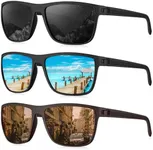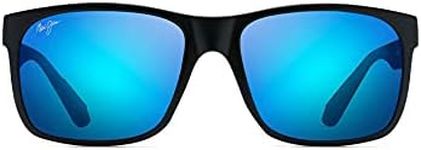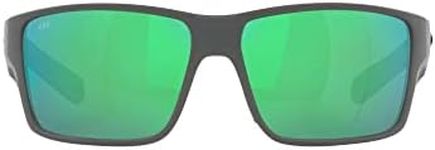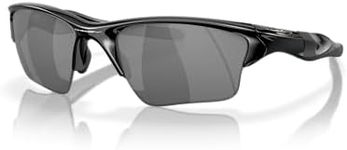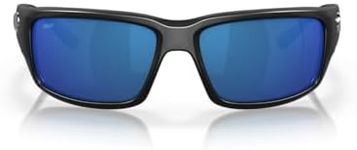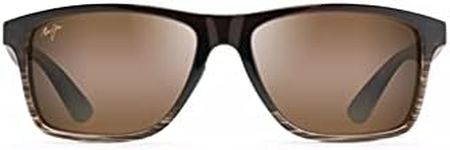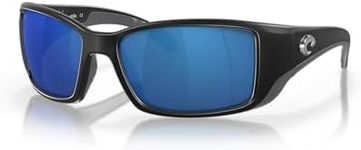Buying Guide for the Best Fishing Sunglasses
Choosing the right fishing sunglasses can make a big difference in your comfort and performance while out on the water. The main goal is to protect your eyes from the sun’s glare, harmful UV rays, and to help you see clearly into the water. When shopping for fishing sunglasses, it’s important to consider how and where you’ll be fishing, as well as your personal comfort and style preferences. Understanding the key features will help you pick a pair that suits your needs and enhances your fishing experience.Lens PolarizationPolarization is a special lens treatment that reduces glare from reflective surfaces like water. This is especially important for fishing because it helps you see beneath the water’s surface, making it easier to spot fish and underwater structures. Polarized lenses come in different qualities, with some blocking more glare than others. If you fish in bright, open areas or spend long hours on the water, high-quality polarization is a must. For occasional or shaded fishing, basic polarization may be enough.
UV ProtectionUV protection refers to the sunglasses’ ability to block harmful ultraviolet rays from the sun. Prolonged exposure to UV rays can damage your eyes, so it’s important that your sunglasses offer 100% UV protection. Most fishing sunglasses will state if they provide full UV protection. Always check for this feature, as it’s essential for eye health regardless of how often you fish.
Lens ColorLens color affects how much light reaches your eyes and how well you can see in different conditions. Common colors include gray, brown, and amber. Gray lenses are good for bright, sunny days and provide true color perception. Brown or amber lenses enhance contrast and are better for variable light or cloudy days. If you fish in a variety of conditions, consider interchangeable lenses or pick a color that matches your most common environment.
Frame Fit and ComfortThe fit and comfort of the frame are crucial for long days on the water. Sunglasses should fit snugly without pinching or slipping, and should feel comfortable on your nose and ears. Some frames are designed to wrap around your face, offering better coverage and protection from side glare. If you have a smaller or larger face, look for frames that match your size to avoid discomfort or gaps that let in sunlight.
Lens MaterialLens material affects the weight, clarity, and durability of your sunglasses. Common materials include glass and polycarbonate. Glass lenses offer excellent clarity and scratch resistance but are heavier. Polycarbonate lenses are lighter and more impact-resistant, making them a good choice for active fishing. If you prioritize clarity and don’t mind a bit of extra weight, glass is a good option. For lightweight comfort and durability, go with polycarbonate.
Coverage and Side ShieldsCoverage refers to how much of your eye area the sunglasses protect. Larger lenses and side shields help block sunlight and glare from the sides, which is especially useful on open water. If you fish in very bright or reflective environments, look for sunglasses with wide lenses or built-in side shields for maximum protection. For more casual or shaded fishing, standard coverage may be sufficient.

